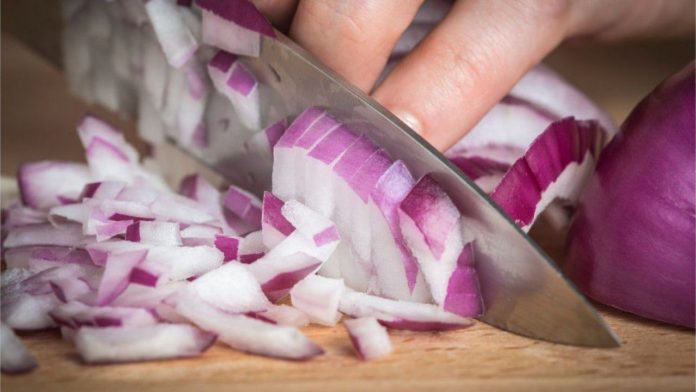In practically every Indian home, onions are utilized to make mouthwatering curries, stir-fries, energizing salads, and spicy sandwiches. Onions can be cooked in a variety of ways, each of which imparts a unique flavor to the dishes they are used in: raw, roasted, boiling, fried, or baked. In addition to being used in food, onions are frequently used in traditional medicine to treat digestive problems like appetite loss, indigestion, and gallbladder difficulties. Additionally, onions are utilized to treat heart and blood vessel problems like high blood pressure and chest pain.
Several health advantages of onions
In many parts of the world, onions are grown extensively and used as both a vegetable and a medicinal plant. It is grown throughout Europe, North America, Asia, and Africa and is a member of the Liliaceae family. Alkenyl cysteine sulfoxides (ACSOs) and dietary flavonoids are abundant in onions. The anthocyanins in onions are what give them their red or purple color. Onion skin comes in many different shades of yellow and brown because to flavonoids like quercetin and its derivatives. Asthma sufferers may benefit from onions’ antibacterial, antithrombotic, and antiplatelet properties.
Onion benefits for arthritis
The definition of arthritis is joint inflammation. Rheumatoid arthritis and osteoarthritis are the two most prevalent kinds. The flavonoid quercetin, which is prevalent in onions and is known to influence immune responses, can help reduce joint inflammation.
Women with rheumatoid arthritis who participated in the trial received a continuous dose of quercetin (500 mg/day) for about 8 weeks. Rheumatoid arthritis-related morning stiffness was lessened by quercetin administration. Additionally, inflammation-causing factors were inhibited.
Reactive oxygen species (ROS), which induce inflammation when they are created in excessive quantities, can harm tissues and organs and result in the buildup of even more ROS. Quercetin, flavonol, and vitamin C, which are mostly found in onions, reduce oxidative stress by reducing a number of inflammation-related indicators.
Cooking techniques like sauté and frying prevent the loss of nutrients (importantly flavonoids), whereas boiling onions can result in a 30% loss of such nutrients.

 हिंदी
हिंदी






